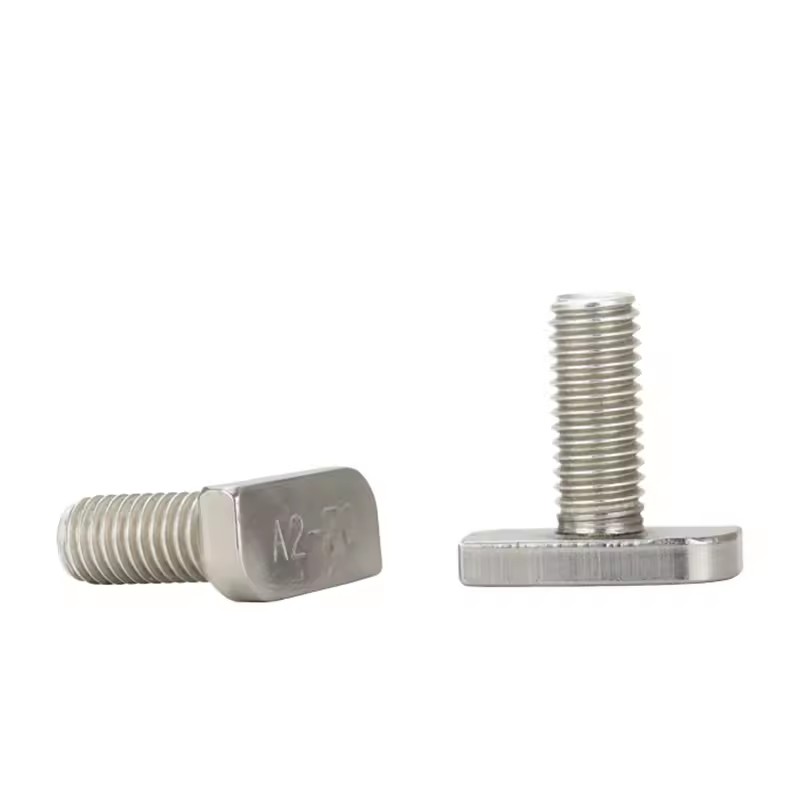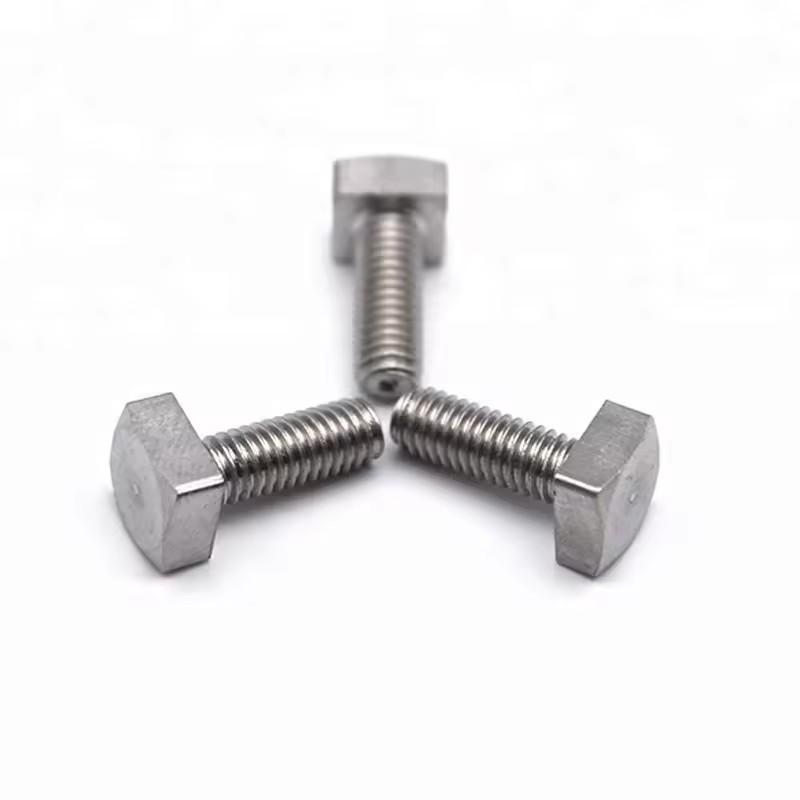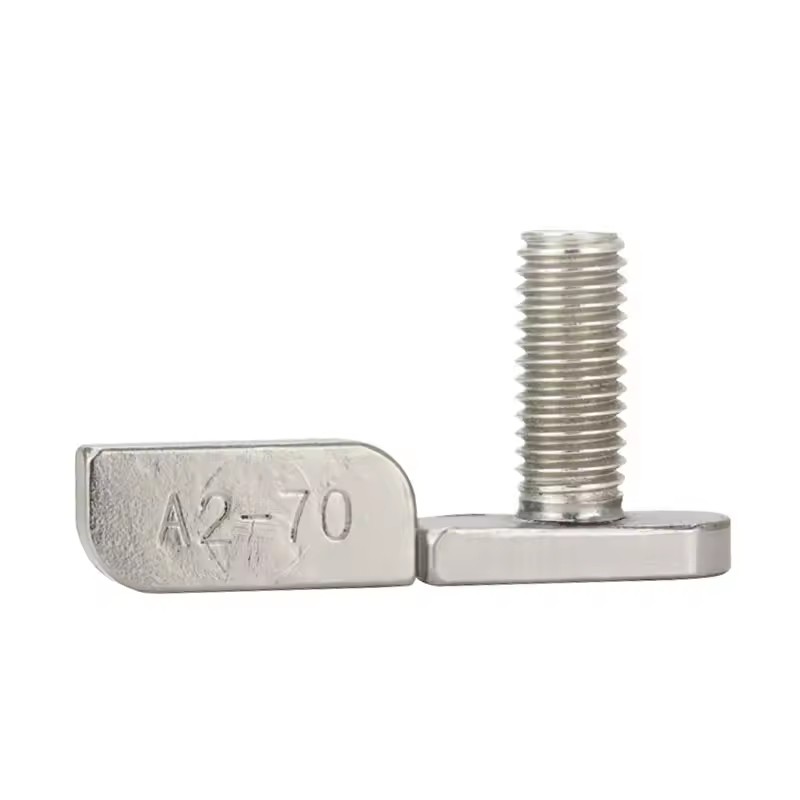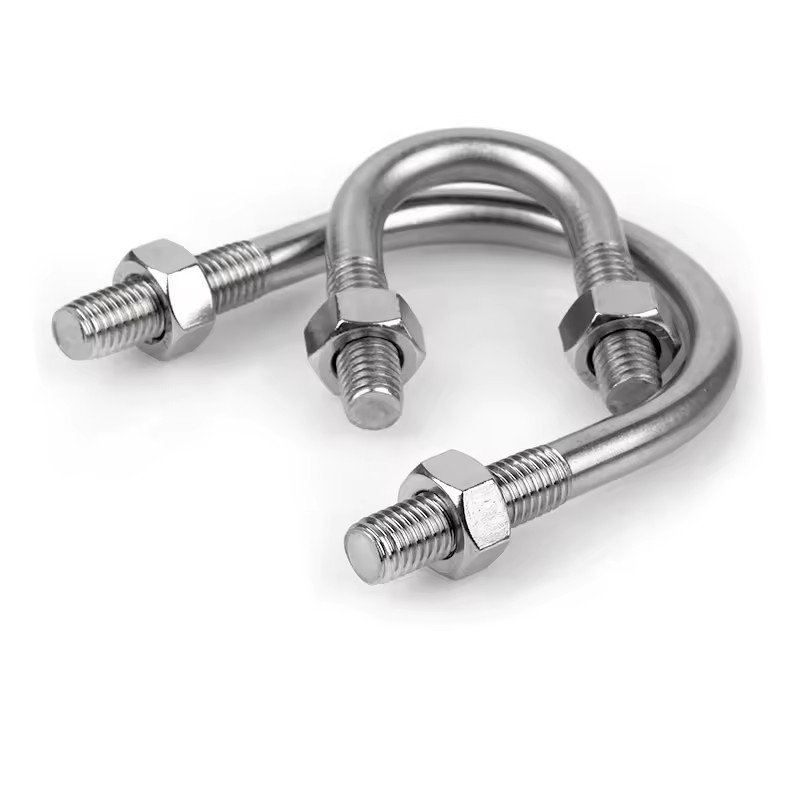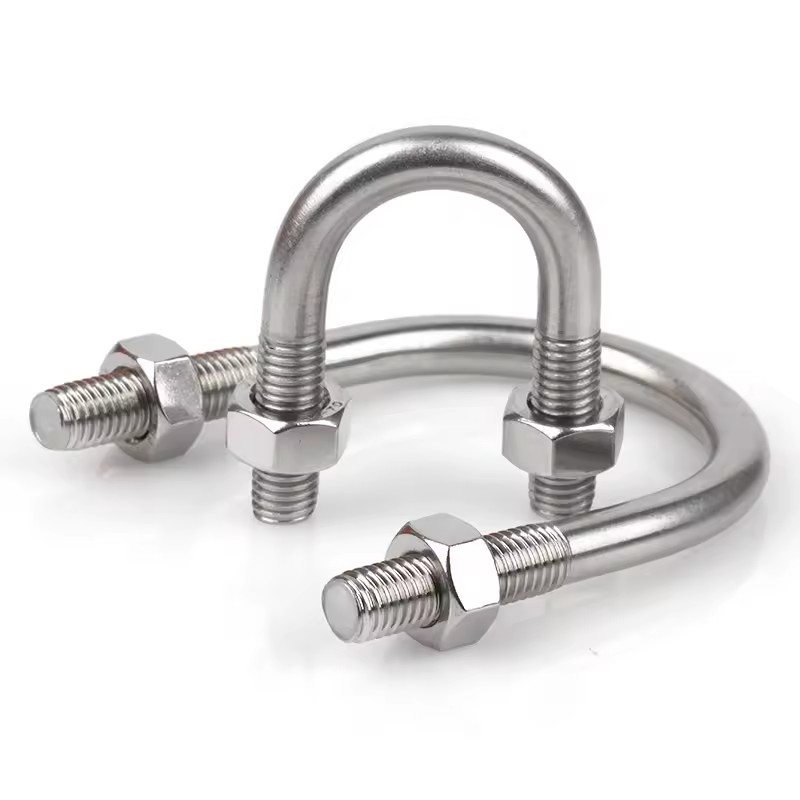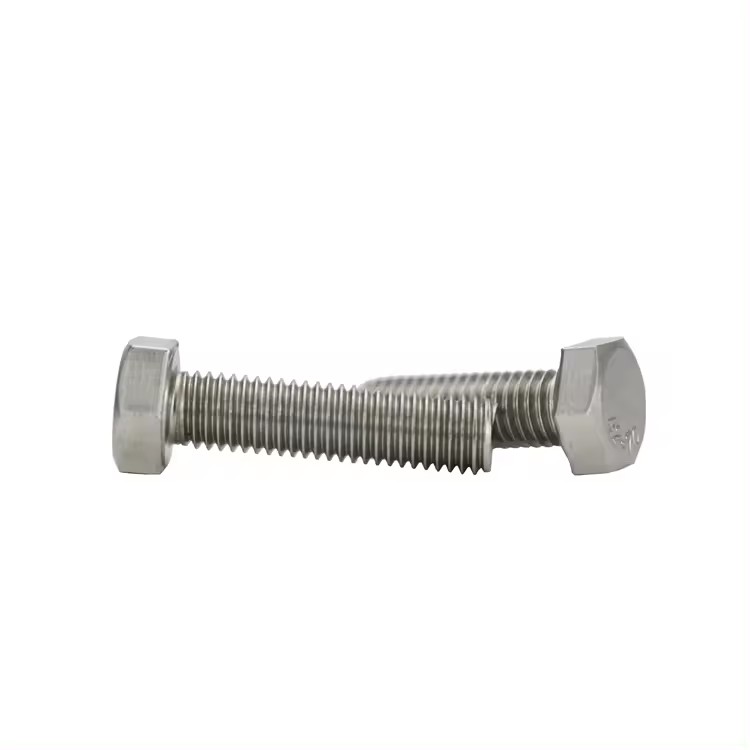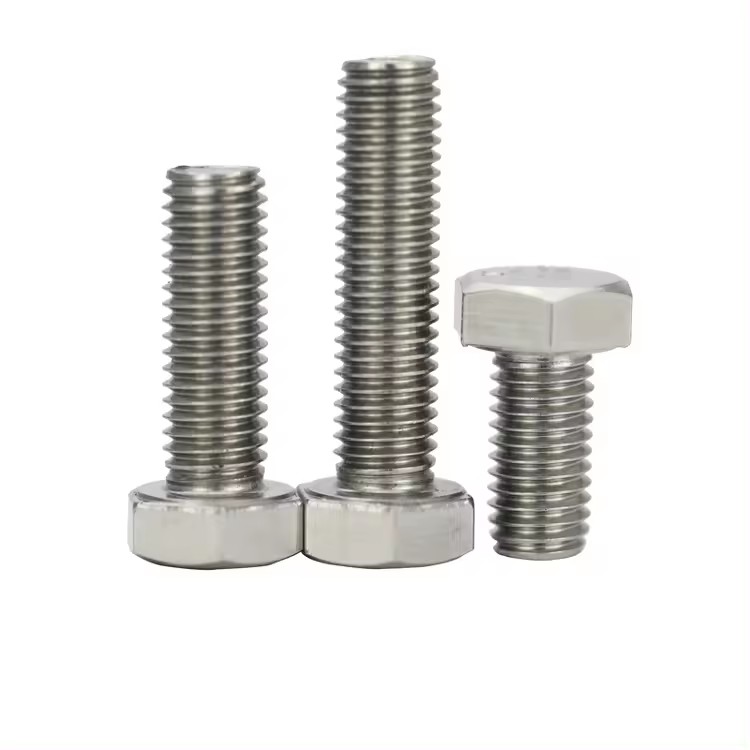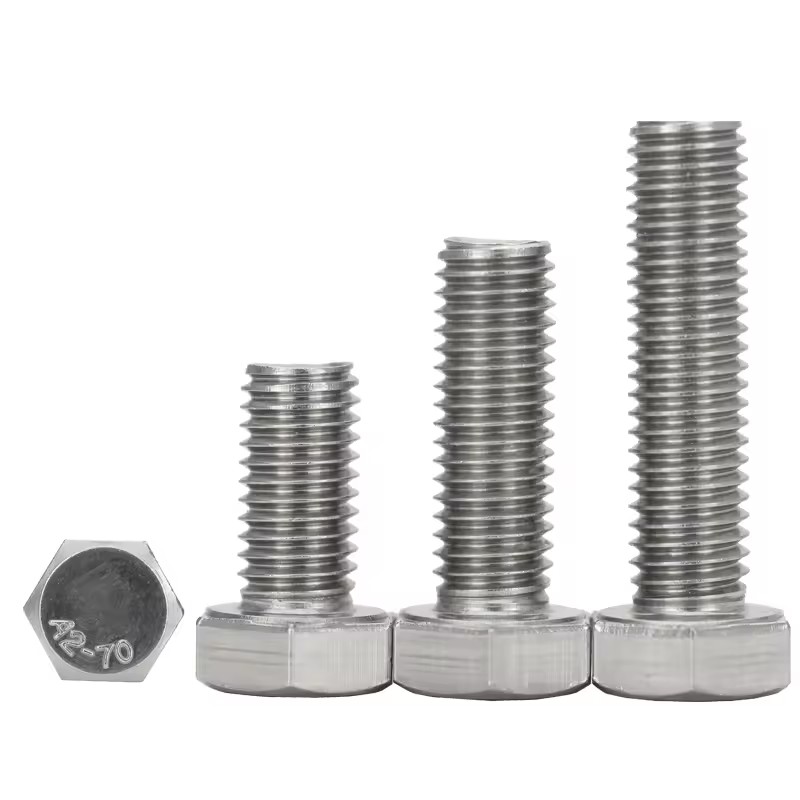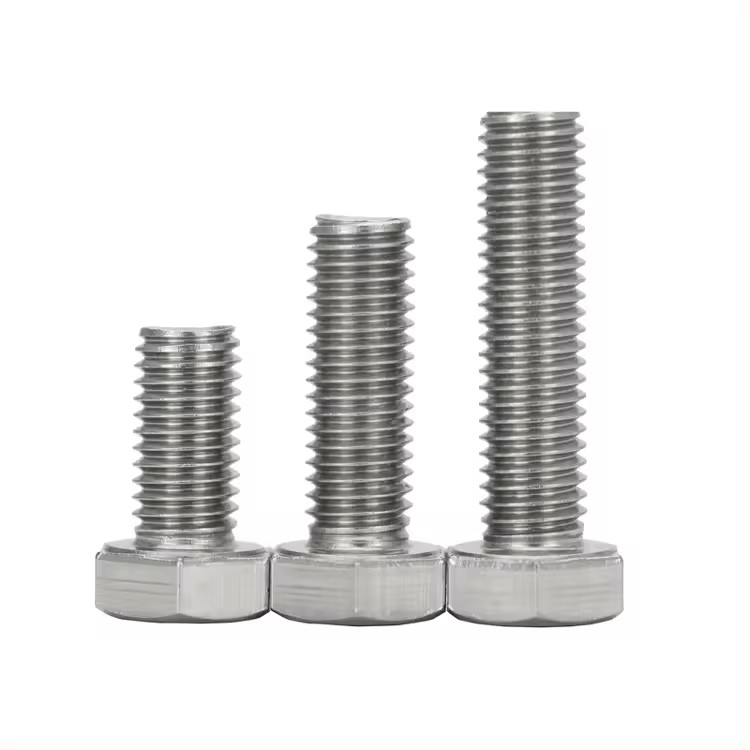Stainless steel bolt is essential fasteners used in various industries due to their corrosion resistance, durability, and strength. Whether you're working on a construction project, automotive repair, or marine application, selecting the right stainless steel bolt ensures longevity and reliability. This guide covers everything you need to know about stainless steel bolts, including types, common uses, and selection tips.
Why Choose Stainless Steel Bolts?
Stainless steel bolts are preferred for their:
- Corrosion Resistance: Ideal for outdoor, marine, and high-moisture environments.
- High Strength: Suitable for heavy-duty applications.
- Durability: Long-lasting performance even in harsh conditions.
- Aesthetic Appeal: Polished finish for visible applications.
Types of Stainless Steel Bolts
Different projects require different bolt types. Here are the most common stainless steel bolt varieties:
| Bolt Type |
Description |
Common Uses |
| Hex Head Bolts |
Six-sided head for easy wrench tightening. |
Construction, machinery, automotive. |
| Carriage Bolts |
Smooth rounded head with a square neck to prevent spinning. |
Woodworking, decking, fencing. |
| Eye Bolts |
Circular ring at the top for attaching cables or ropes. |
Rigging, lifting, marine applications. |
| U-Bolts |
U-shaped with threaded arms for securing pipes or tubes. |
Plumbing, automotive exhaust systems. |
| Lag Bolts |
Heavy-duty screws with a hexagonal head for wood applications. |
Timber construction, outdoor structures. |
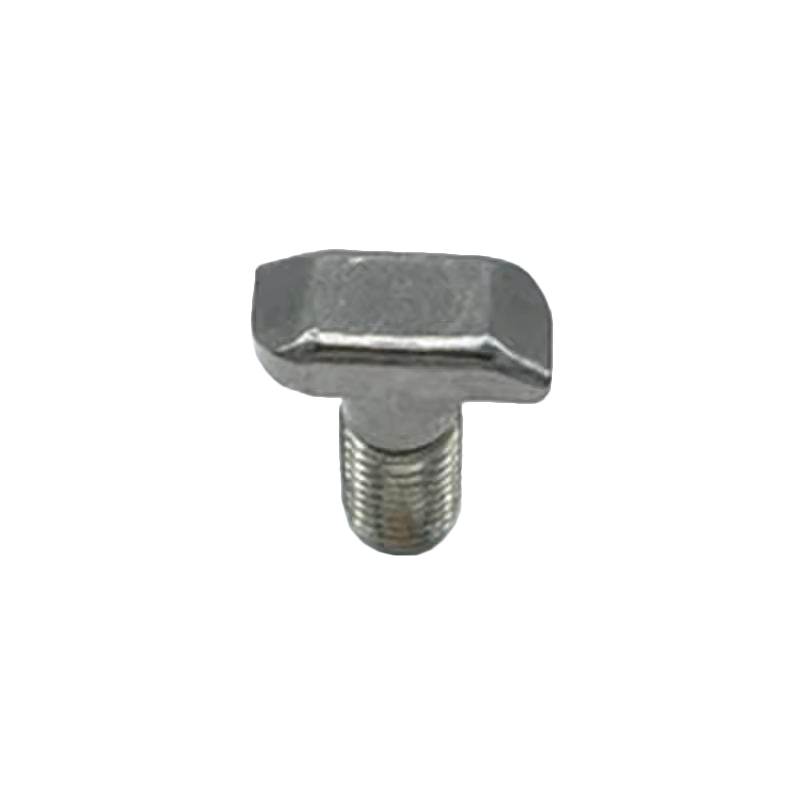
Grades of Stainless Steel Bolts
Stainless steel bolts come in different grades, each offering unique properties:
| Grade |
Properties |
Best For |
| 304 Stainless Steel |
Good corrosion resistance, cost-effective. |
Indoor applications, general fastening. |
| 316 Stainless Steel |
Superior corrosion resistance, especially against saltwater. |
Marine, coastal, chemical environments. |
| 410 Stainless Steel |
High strength, moderate corrosion resistance. |
High-stress mechanical applications. |
How to Choose the Right Stainless Steel Bolt
Selecting the correct bolt ensures safety and performance. Consider these factors:
- Environment: For marine or outdoor use, choose 316 stainless steel for better corrosion resistance.
- Load Requirements: High-stress applications need higher-grade bolts like 410 stainless steel.
- Size and Thread Type: Match the bolt diameter and thread pitch to the nut or tapped hole.
- Head Style: Hex heads are common for wrench tightening, while flat heads are used for flush surfaces.
Installation Tips for Stainless Steel Bolts
Proper installation prevents bolt failure and ensures longevity:
- Use a torque wrench to avoid over-tightening, which can strip threads.
- Apply anti-seize lubricant in high-temperature or corrosive environments.
- Ensure the bolt and mating surface are clean before installation.
- For critical applications, consider using a locking mechanism like a nylon insert lock nut.
Maintenance and Care
While stainless steel bolts are low-maintenance, proper care extends their lifespan:
- Regularly inspect bolts in high-corrosion environments.
- Clean with mild soap and water to remove dirt and salt deposits.
- Avoid using steel brushes that can contaminate the surface and cause rust.
Conclusion
Stainless steel bolts are versatile, durable, and essential for many applications. By understanding the different types, grades, and selection criteria, you can choose the best bolt for your project. Proper installation and maintenance ensure long-lasting performance, making stainless steel bolts a reliable choice for both industrial and DIY applications.



